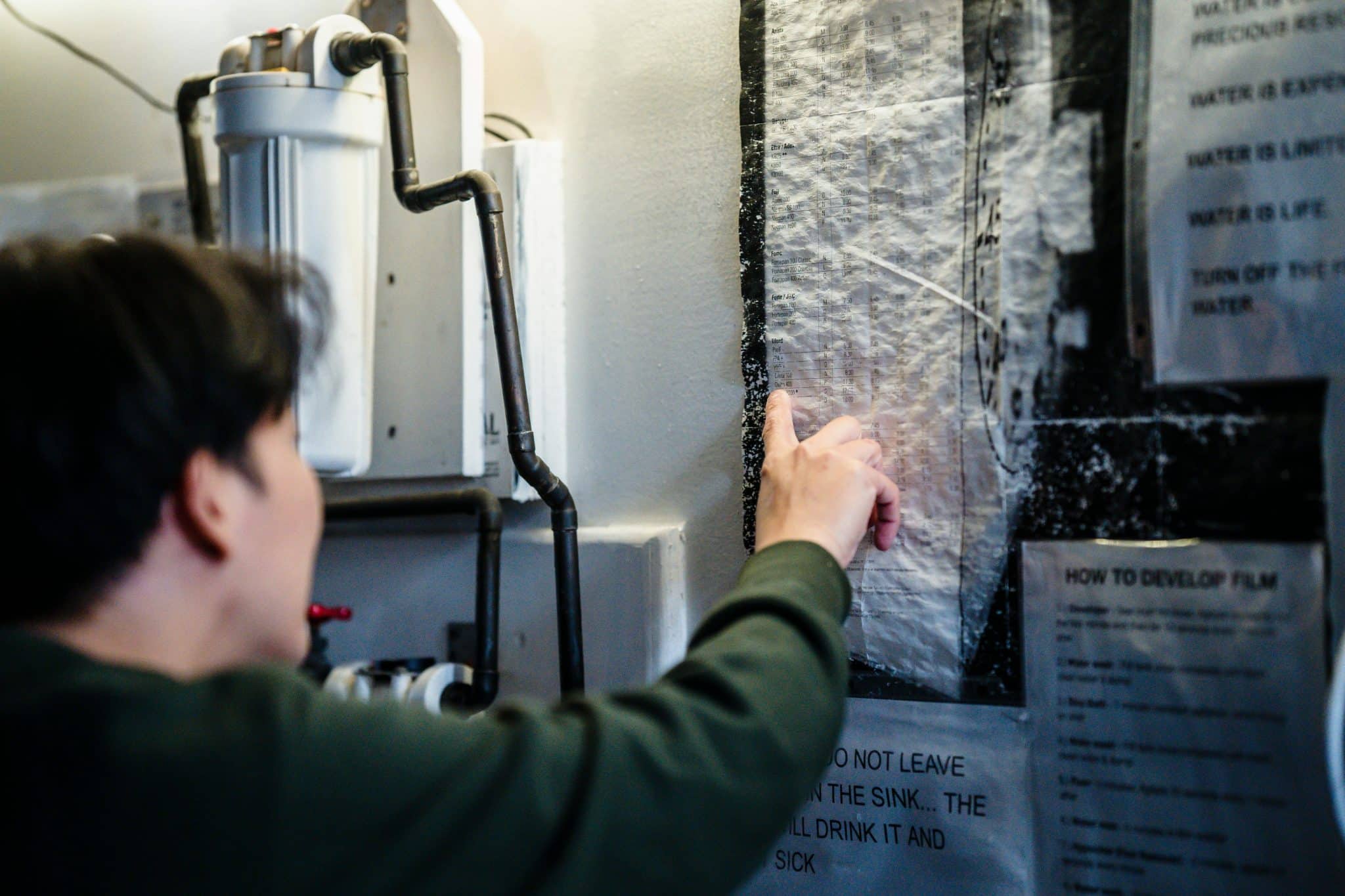Key Takeaways
- Regular maintenance can prevent costly repairs and extend the life of your water heater.
- Simple steps, such as flushing the tank and checking the anode rod, are crucial for optimal performance.
- Proper insulation and temperature settings play a crucial role in enhancing energy efficiency and prolonging system longevity.
Keeping your water heater in optimal condition is about more than ensuring a steady supply of hot water for your daily needs—it also helps you avoid unexpected breakdowns, expensive emergency repairs, and unnecessary spikes in your energy bills.
Water heaters are significant investments in any home, and through disciplined, routine maintenance, you can maximize their value by adding years to their operational lifespan. Even simple interventions and time-tested practices can prevent common issues, such as corrosion, leaks, or reduced efficiency. When daunting problems arise, don’t hesitate to rely on water heater repair from reputable experts for solutions that restore performance and safeguard your peace of mind.
By staying proactive with regular inspections and prompt action whenever minor signs of wear appear, you can drastically reduce the risk of system failures. This not only means fewer costly repairs, but also an efficient, reliable system that keeps your showers warm and your utility bills manageable.
Every step in water heater maintenance is an investment in your home’s safety, comfort, and value, giving you the confidence that your hot water isn’t just consistent, but also cost-effective and safe.
Flush the Tank Annually
Over time, minerals and sediment from your water supply accumulate at the bottom of your water heater tank, forming a dense layer that acts as an insulator, causing your heater to work harder to provide the same amount of hot water.
This build-up not only reduces the efficiency of your system but can also lead to overheating of the tank base, strange banging noises during operation, and eventually, leaks and system failure. Annual flushing of your water heater is a straightforward preventive measure that restores your heater’s performance, allows for faster and more even heating, and prevents a wide range of future maintenance issues.
Step-by-Step Process to Flush Your Tank
- Begin by turning off the power supply (for electric models) or setting the gas control to “pilot” (for gas models), and shut off the cold water inlet valve leading to your water heater.
- Attach a sturdy garden hose to the drain valve at the base of the tank. Position the other end of the hose to discharge hot water safely outdoors or into a suitable drain area.
- Open the drain valve and allow the tank’s water to flow out in a controlled manner. Let it drain until the water appears clear, indicating sediment has been removed.
- Close the valve, detach the hose, and carefully restore the water supply before powering the system back on or relighting the pilot.
Committing to this simple annual task means your system will remain quieter, run more efficiently, and last years longer. You’ll also minimize the risk of unexpected leaks and troublesome buildup that often necessitate expensive repairs.
Inspect and Replace the Anode Rod
The anode rod is one of the most critical components for protecting your water heater from internal corrosion. Acting as a “sacrificial” element, the rod attracts aggressive corrosive agents in the water, effectively sparing your tank’s steel lining. Over time, the rod gives itself up for the greater good, gradually deteriorating as it absorbs the corrosive action that would otherwise damage your heater.
Checking the anode rod every 1-2 years can make a world of difference. If you observe that more than half of the rod is corroded—or if it’s heavily coated with calcium deposits—replacing it promptly is crucial. Ignoring a depleted anode rod exposes your tank to rapid rust and potential leaks, inevitably shortening your heater’s lifespan. For many water heaters, this straightforward maintenance step has proven to add several years of reliable service.
Test the Pressure Relief Valve
The temperature and pressure relief (T&P) valve on your water heater serves as your primary safeguard against excessive pressure buildup. Without this vital safety device, abnormal internal pressures could trigger leaks or, in worst-case scenarios, cause a tank explosion, resulting in significant property damage or injury. A well-functioning T&P valve provides peace of mind that your water heater will safely vent excess pressure if it arises.
How to Test the Valve
- Place a sturdy bucket directly under the discharge pipe connected to the valve to capture any released water.
- Carefully lift the valve’s lever and hold for a few seconds; you should hear rushing air or see water discharge. Once you let go, the water should stop flowing. If the valve is stuck, leaks, or fails to release water, replacement is necessary.
Testing the T&P valve at least once a year ensures a critical safety net is always in place, preventing dangerous scenarios and keeping your system in compliance with safety standards.
Set the Right Temperature
A heater set too high wastes energy, endangers users, and encourages faster mineral scaling, while a setting too low can result in lukewarm showers and insufficient sanitization. The U.S. Department of Energy recommends setting your water heater to 120°F—a temperature that strikes a comfortable balance between user safety, energy efficiency, and system longevity.
Not only does this adjustment reduce standby heat losses, it also keeps your monthly energy bills in check and prevents scalding, making it the ideal setting for most households. Lowering your thermostat to lower temperatures can also help avoid excessive mineral buildup, which, over time, can diminish both performance and durability.
Insulate the Tank and Pipes
Weatherizing your water heater by insulating both the tank and the first three feet of hot and cold water lines is an easy DIY project with immediate results. Uninsulated tanks and pipes allow heat to escape even when you’re not using hot water, causing your heater to run for longer hours to compensate for the lost heat. By wrapping your tank in a fiberglass or foil insulation blanket and using pre-formed foam sleeves on pipes, you help your system retain heat and operate more efficiently.
Benefits of Insulation
- Reduces standby heat loss by as much as 25-45%, directly translating to lower household energy costs
- Decreases the frequency and length of heater cycles, placing less strain on the unit’s heating elements and prolonging equipment life
- Minimizes the risk of pipes freezing and bursting in colder climates
- Ensures water reaches the faucet hotter and faster, improving household comfort
Install a Water Softener
Hard water is a major contributor to early water heater failure, as the additional calcium, magnesium, and other minerals in untreated water rapidly accumulate on the tank’s bottom and heating elements. This sediment acts as a stubborn insulator, causing uneven heating, noise, reduced efficiency, and ultimately, premature corrosion. Residents of areas with hard water frequently report higher repair costs and shorter lifespans for their appliances.
Installing a water softener as part of your home’s filtration system efficiently removes these hardness minerals before water reaches your heater. This minor upgrade significantly reduces sediment buildup, protecting both the tank and components while enhancing your water heater’s efficiency and durability throughout its lifecycle.
Schedule Professional Maintenance
While diligent homeowners can handle many basic maintenance tasks, an annual inspection by a licensed professional brings a level of expertise and thoroughness that’s hard to match. Experienced technicians perform comprehensive system reviews, including verifying gas or electrical connections, examining burners or heating elements, checking the venting system and thermostat, and testing all safety controls.
They can also spot early warning signs of trouble hidden from untrained eyes—such as minor leaks, deteriorating connectors, or degraded gaskets—that, if caught early, often spare costly future repairs.
Conclusion
Maintaining your water heater isn’t just about keeping hot water flowing—it’s about protecting your home, your comfort, and your wallet. From flushing the tank and inspecting the anode rod to setting the right temperature and scheduling professional tune-ups, each preventive step plays a vital role in preserving the system’s performance and extending its lifespan.
With consistent care and a bit of foresight, you can avoid costly surprises, enhance energy efficiency, and enjoy peace of mind knowing that your water heater operates safely and reliably for years to come.








